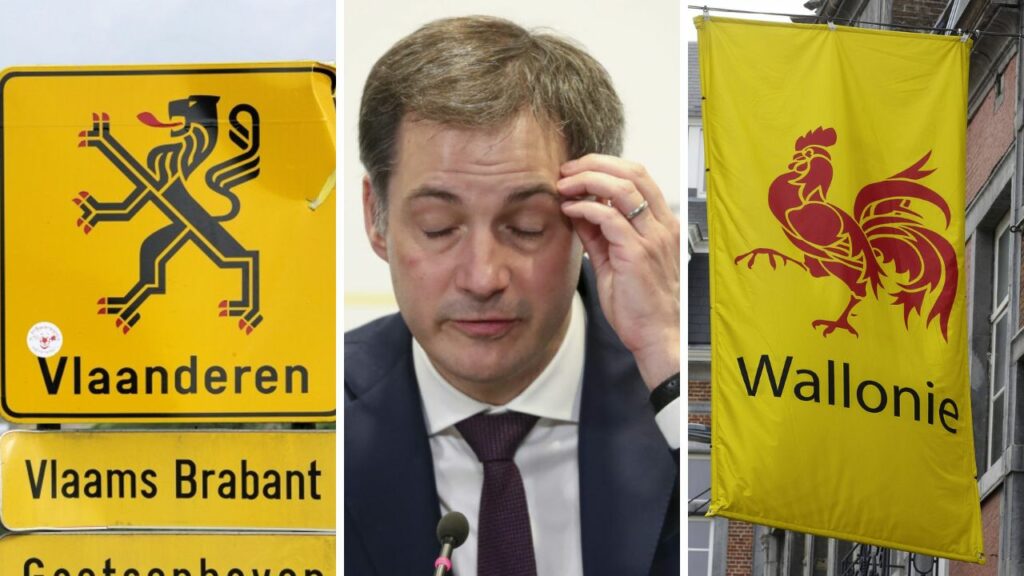In Belgium's tangle of political parties and web of constantly shifting loyalties, it is easy to lose track of which party is in charge of what part of the country again. This overview will attempt to explain the system as much as possible.
In May 2024 (the exact date has not yet been determined), Belgium's federal and regional elections will be organised, as well as the European ones. On Sunday 13 October of that same year, the provincial, municipal and district council elections will also take place.
Despite the fact that both of these important election dates are still nearly two years away, the leader of the Flemish separatist rightwing N-VA has recently made it clear that his party – which received the most votes in the 2019 elections – will not be a part of the Federal Government without confederalism.
While to those not as familiar with (the history of) Belgium's intricate political puzzle it may sound as if De Wever is just stating his conditions for joining the future coalition, many have pointed out that his umpteenth cry for confederalism is just another dig at the current federal government.
Federalism vs confederalism
As a federal nation, Belgium is divided into different smaller federated states (known as regions). As such, power is not centralised in one overarching government but shared between the central level and these semi-autonomous regions.
Confederalism, however, gives more powers and competencies to these regions, making them independent and autonomous sovereign states (voluntarily) deciding to cooperate.
For years, the Flemish separatist parties Vlaams Belang and N-VA have been pushing to transform Belgium's federal system into a confederal one. They believe that due to the current structure, Flanders' money is spent mostly by Wallonia – which would not be the case in a confederal system.
Critics, however, have called confederalism "a delusion," pointed out that no country in the world has reformed itself into a confederation in a stable manner, and argued that it is "separatism in sheep's clothing": nothing more than a shortcut to a complete split of the country.
As a result of the federal system, Belgium now has to share power between seven different entities (and six governments) – which are all composed of different kinds of party coalitions.
The Federal Government
The current Federal Government consists of seven parties and is often nicknamed the "Vivaldi" coalition in the Belgian press as its four components are likened to the composer’s Four Seasons concerto: red for socialists PS and Vooruit, blue for liberals MR and Open VLD, green for ecologists Ecolo and Groen, and orange for Christian democrats CD&V.
The government is led by Prime Minister Alexander De Croo – a member of the Flemish liberal Open VLD party – and took 494 days to form after the Belgian federal election of May 2019. In terms of political views, these elections split Belgium in two as Flanders voted overwhelmingly to the right while Wallonia voted strongly to the left.
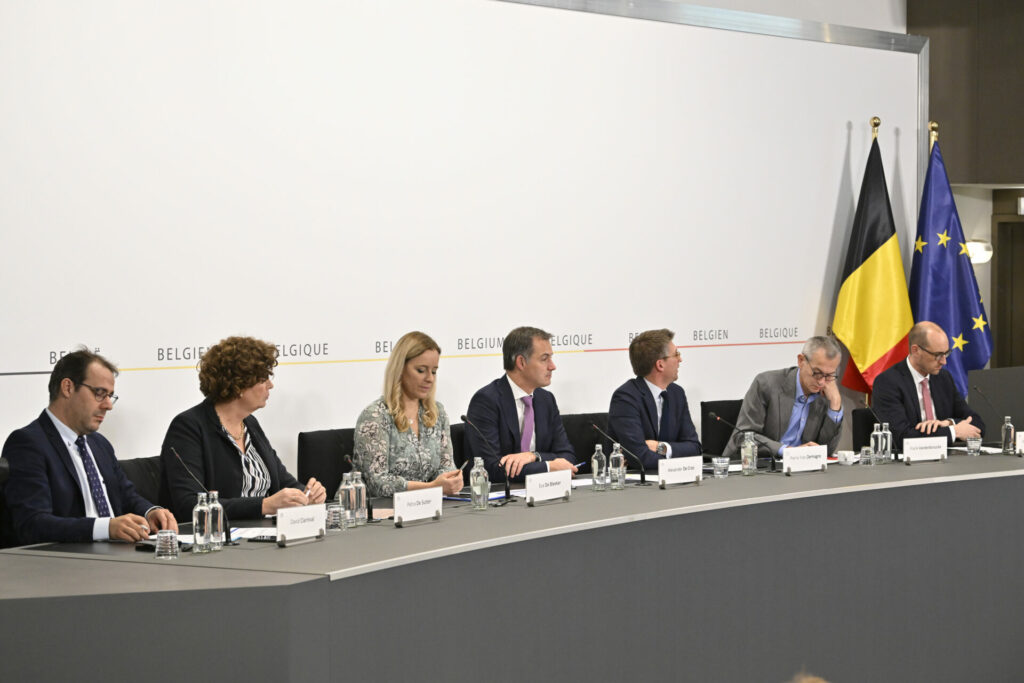
Some of the federal ministers. Credit: Belga/Eric Lalmand
Strikingly, the two parties that received the highest share of votes and "won" the elections – the rightwing N-VA and the far-right Vlaams Belang – are excluded from the government. N-VA over tensions with the other parties, Vlaams Belang due to the cordon sanitaire on the far-right. The current coalition leaves the two Flemish parties in the opposition, along with the radical-left PVDA/PTB and the Francophone parties Les Engagés and DéFi.
Another unusual thing about this Federal Government is the choice of De Croo as the Prime Minister. In the past, an unwritten rule has always stated that the Prime Minister should come from the biggest party in the government – normally also the party that won the elections (in this case, N-VA).
Related News
- Why Belgium has six governments (and not seven)
- Belgians increasingly favour putting power in one leader
In this already atypical situation, however, N-VA is not part of the federal coalition, and the biggest governing party is the French-speaking Socialist Party (PS), which would elect its party president Paul Magnette to lead the country.
But even in appointing the Prime Minister, the country's linguistic divide played an important role: after several French-speaking Prime Ministers in a row, many wanted to see a minister from Flanders head the government. Additionally, motivated in part by an attempt to keep the balance in a government with a Francophone majority, it was the Flemish politician De Croo who became Belgium's leader, and not Magnette.
The Flemish Government

Flemish Minister-President Jan Jambon. Credit: Belga/Dirk Waem
In sharp contrast to the whopping seven parties in the Federal Government, the current Flemish Government consists of just three: N-VA, CD&V and Open VLD, headed by N-VA Minister-President Jan Jambon.
The centre-right government is often called the "Swedish coalition," a nickname it received because its three components supposedly make up the country's flag: blue for liberals Open VLD, yellow for rightwing N-VA and the cross for Christian-democrats CD&V.
This composition, however, often creates political disagreements during negotiations on different levels as the party leading the Flemish Government (N-VA) is excluded from the Federal one. This became particularly evident during the Covid-19 crisis, when Flanders often protested agreements reached at the federal level or decided to ignore the rules agreed at the Consultative Committees and instead took its own measures.
In terms of climate policy, too, the governments regularly clash, as Flemish Minister Zuhal Demir (N-VA)'s views and policies are sometimes diametrically opposed to those of Federal Minister Tinne Van der Straeten, such as on the construction of new gas plants, more climate ambition or the nuclear policy, for example.
The Government of Wallonia

Walloon Minister-President Elio Di Rupo. Credit: Belga/Eric Lalmand
The Government of Wallonia is what the national press often call a "purple-green coalition." The name comes from the colours of the parties in it: mixing red for the Socialist Party (PS) and blue for the liberal party MR – which gives purple – and adding green for Ecolo (the francophone Greens).
The Walloon Government is in charge of the so-called "hard" matters in Wallonia, such as economy, employment, urban planning, mobility, infrastructure, environment and housing. It is currently led by Minister-President Elio Di Rupo (PS), marking the third time he is leading the regional government, following previous terms in 1999-2000 and 2005-2007.
From December 2011 until October 2014, Di Rupo was also Prime Minister of Belgium, coincidentally leading a Federal Government that was very similar to the current one, with the addition of the Francophone Christian democrats (then called cdH, now Les Engagés).
Government of the Brussels-Capital Region
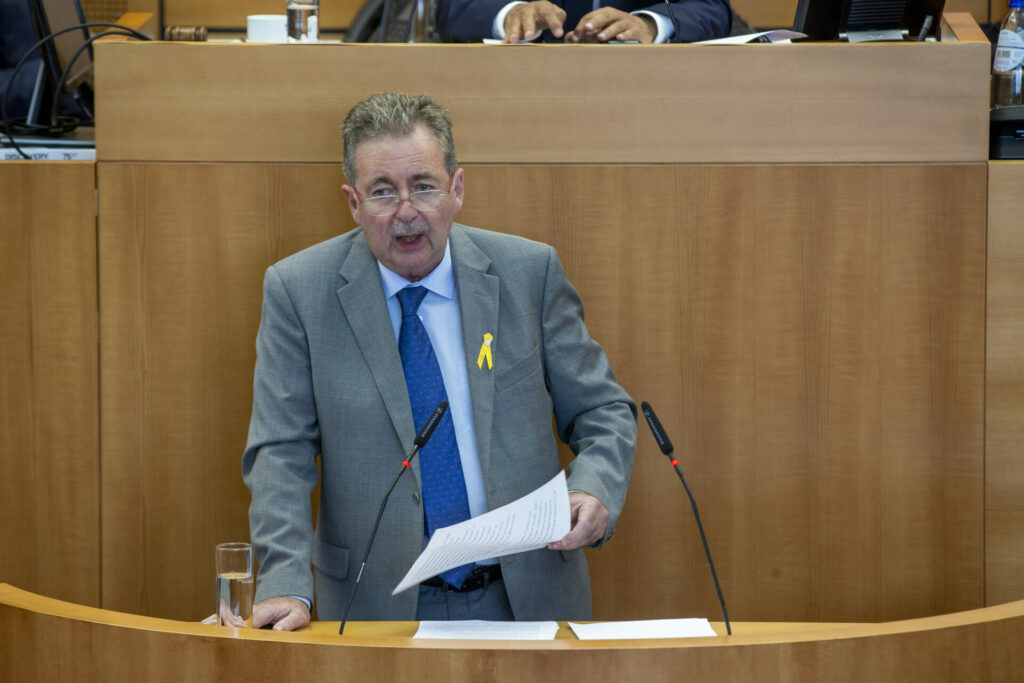
Brussels Minister-President Rudi Vervoort. Credit: Belga/Nicolas Maeterlinck
The government in charge of the 19 municipalities which make up the Brussels-Capital Region is technically also a "purple-green" coalition, but given that it also unites Flemish and Francophone parties, there is, of course, an extra layer of complication.
The parties represented, in order of most seats, are PS, Ecolo and DéFi on the French-speaking side, and Groen, Open VLD and one.brussels/Vooruit on the Dutch-speaking one. Since 2013, the Brussels Government is being headed by Minister-President Rudi Vervoort (PS), who is now on his third term.
As language plays a major role in the capital (perhaps even more so than in the rest of the country), parity is crucial: the Brussels Regional Government is composed of two French-speaking and two Dutch-speaking ministers, as well as two French-speaking and one Dutch-speaking state secretaries. Even though it is not a hard rule, the Brussels Minister-President has always been a native French-speaker.
The Government of the French Community
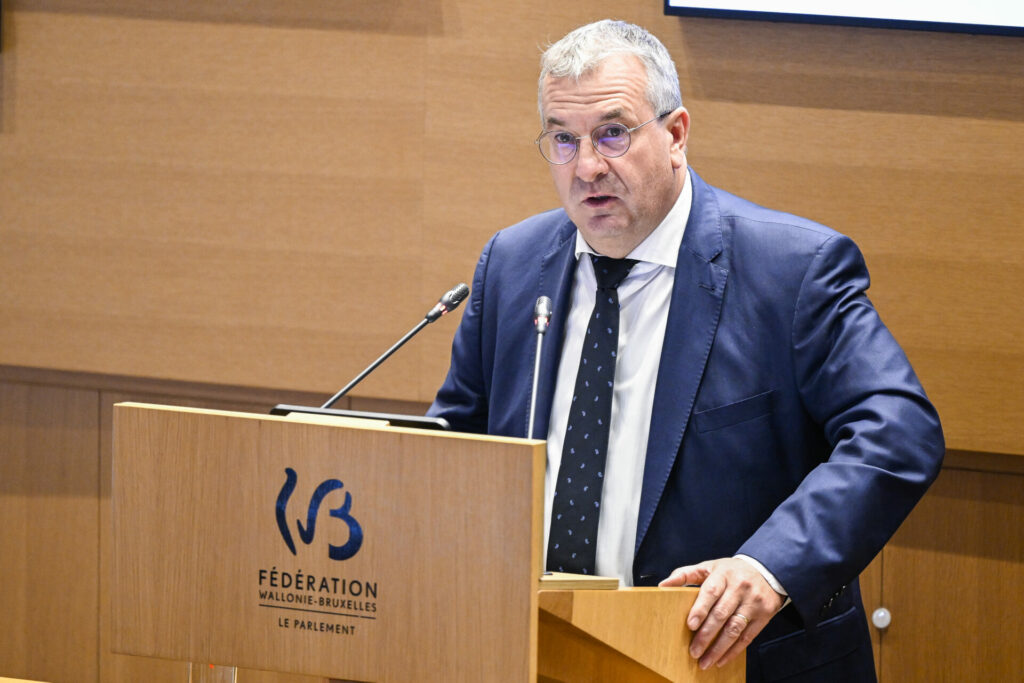
Federation Wallonia-Brussels Minister-President Pierre-Yves Jeholet. Credit: Belga/Laurie Dieffembacq
The other government in charge of the French-speaking part of Belgium, this time including the Francophone parts of the Brussels-Capital Region, is also a "purple-green" coalition between PS, MR and Ecolo.
In theory, ministers holding a mandate in this government may also be ministers in the Walloon Government, but this rarely happens in practice and is also not the case here.
The Government of Belgium's French Community – overseeing the so-called "soft" matters in Wallonia and French-speaking Brussels, such as education, health and welfare, culture, languages and sports – is led by Minister-President Pierre-Yves Jeholt (MR).
The Government of the German-speaking Community
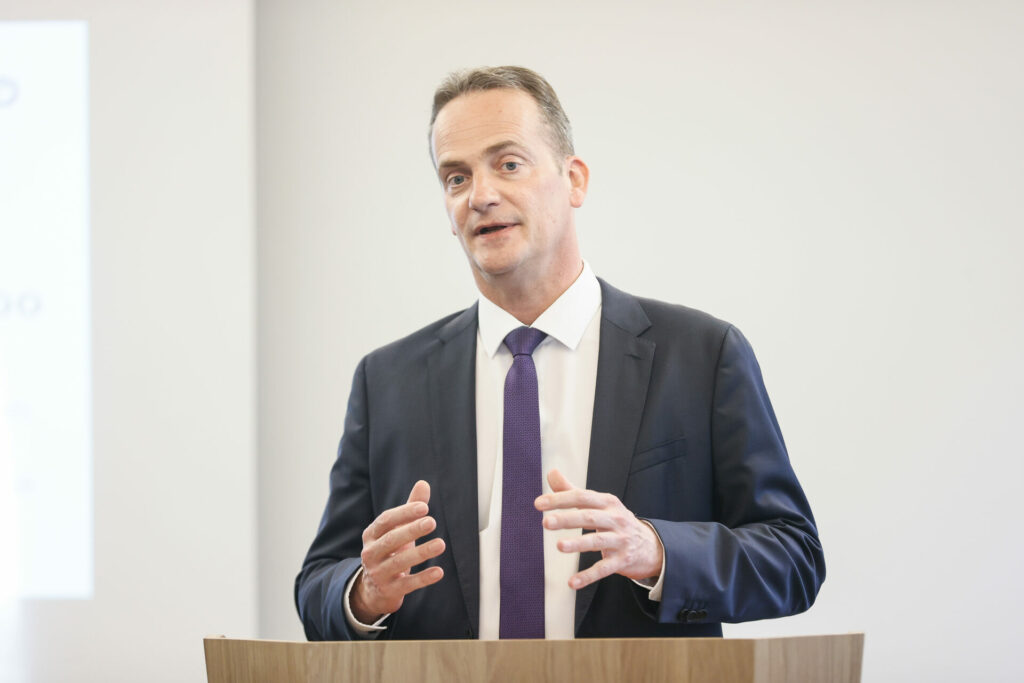
German Community Minister-President Oliver Paasch. Credit: Belga/Bruno Fahy
Despite the fact that the nine German-speaking municipalities in the far east of Belgium's Liège province are often overlooked when discussing national politics, the Community also has its own government.
While not referenced enough in the Belgian press to warrant a nickname, the government has the same composition as the coalition currently in charge of the city of Antwerp, which is called a "Burgundian coalition" – referring to the colours in the coat of arms of the Duchy of Burgundy.
The coalition consists of regionalists ProDG, socialists SP and liberals PFF. This composition is sometimes also called "purple-yellow," mixing red socialists and blue liberals, and adding yellow for the regionalists.
This Government is led by Minister-President Oliver Paasch, of the ProDG party. Unlike the Flemish nationalists N-VA and Vlaams Belang, the German-speaking regionalists are not looking to secede from Belgium but instead make sure that the small Community is not forgotten when making decisions at the national level.
Feeling more Belgian? Write to us on social media or via email info@brusselstimes.com if you have any questions.

